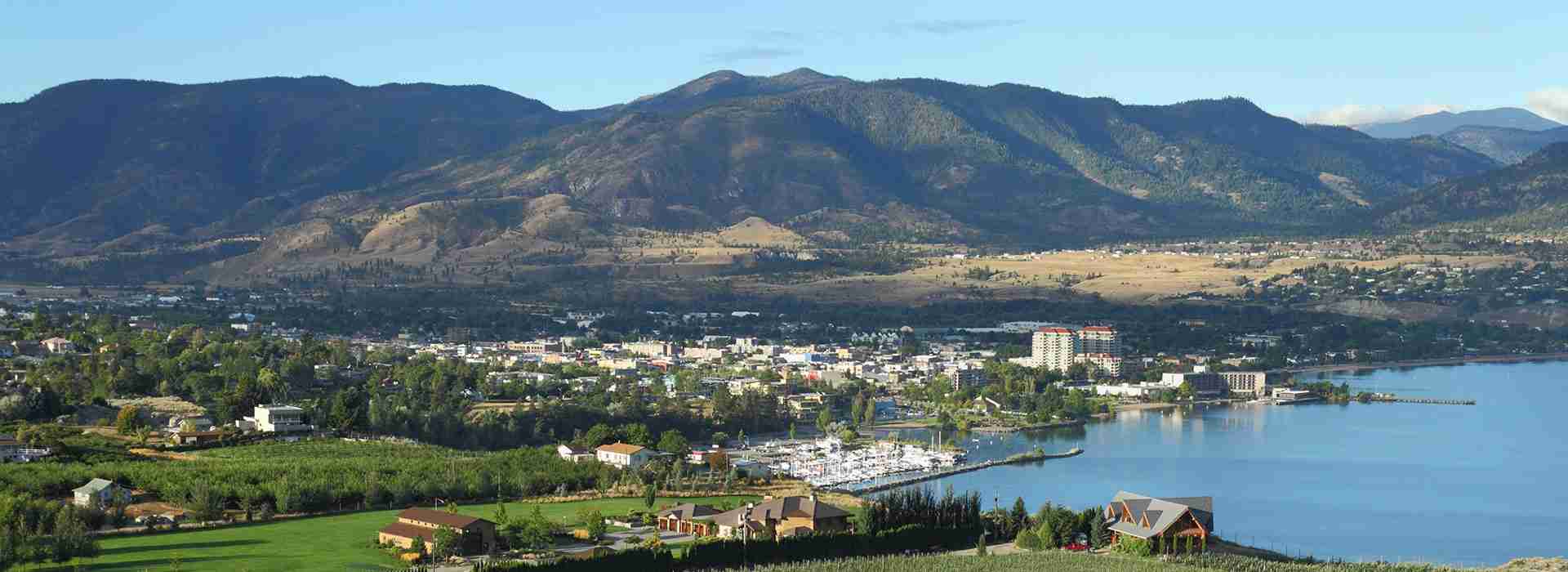When starting a project that requires excavation, a utility survey is almost always required. Utility locating is a key phase in the process because it allows skilled surveyors to employ technology like ground penetrating radars (GPR) and other such technologies to find and map utilities that are beneath the ground. In this article, we briefly explain utility surveys and their relevance.
What is a Utility Survey?
A utility survey is a below-surface survey that identifies all underground utilities and service routes, including gas, water, telecommunications, electricity, and drainage, as well as voids within a specified area. An accurate assessment of underground services is a key stage in the development of a site to assure compliance with health and safety laws, reduce project planning time, and reduce hazards connected with the site’s development.
Benefits of Getting a Utility Service
Utility surveys are essential for anyone who wishes to develop land. It becomes not only vital to demonstrate compliance with best practices for Health and Safety, but also helps the architects and engineers involved in your project. Knowing the location of utilities will aid in determining the design’s constraints and whether utility diversions are required.
The top benefits of getting a utility survey include:
- Knowing what is beneath your location and planning accordingly
- Preventing annoying delays later in the development process
- Avoiding pricey remedies to underground concerns that were not anticipated during planning
- Ensure the safety of construction workers by not drilling into pipes or cables.
Methods of Conducting Utility Surveys
There are numerous methods for surveying underground utilities. The most common are Radio Frequency Location (RFL) and Ground Penetration Radar (GPR).
RFL
This technology works by efficiently tracing the signals radiated by metal beneath the surface of the earth. This approach is most typically used to collect information on metallic fuel, vents, water pipes, electricity cables, telephone cables, and TV cables and is utilised to estimate the position and depth of the target.
GPR
GPR technology is used to locate items that are made of a different substance than the surroundings. This approach is not as precise as RFL, but it is beneficial for locating non-metal items. This approach is used to detect fibre optic cables, plastic gas, concrete, cable, nonmetal vents and water pipes, and any type of clay pipe.
GPS
Mapping with GPS and GIS: GPS technology is used to precisely detect and map subterranean utilities, which may then be incorporated into Geographic Information Systems (GIS) for comprehensive data management.
Stream C
Stream C is a real-time 3D mapping tool that uses 34 antennas in two polarisations to create a real-time 3D reconstruction of the underground network in a single scan.
Stream C can handle big surveys with its towing equipment or smaller surveys with its compact dimensions. Surveys only need to be completed in one direction with automatic pipe detection, increasing productivity and efficiency in underground utility detection. It also conforms with all health and safety requirements, ensuring that the company and its staff are adhering to industry best practices.
To proceed confidently with your project, conducting an Underground Utility Survey is the ideal approach to ensure there are no surprises that might impede the project’s progress. If you want to learn more, please reach out to Core Geomatics. With years of surveying experience and a comprehensive range of additional services available, their surveying teams are in a unique position to discuss your project in greater detail and provide the best survey services in Vernon.
For More Information About Real Property Reports Calgary And Alberta Geomatics Surveying Services Please Visit:- Core Geomatics










